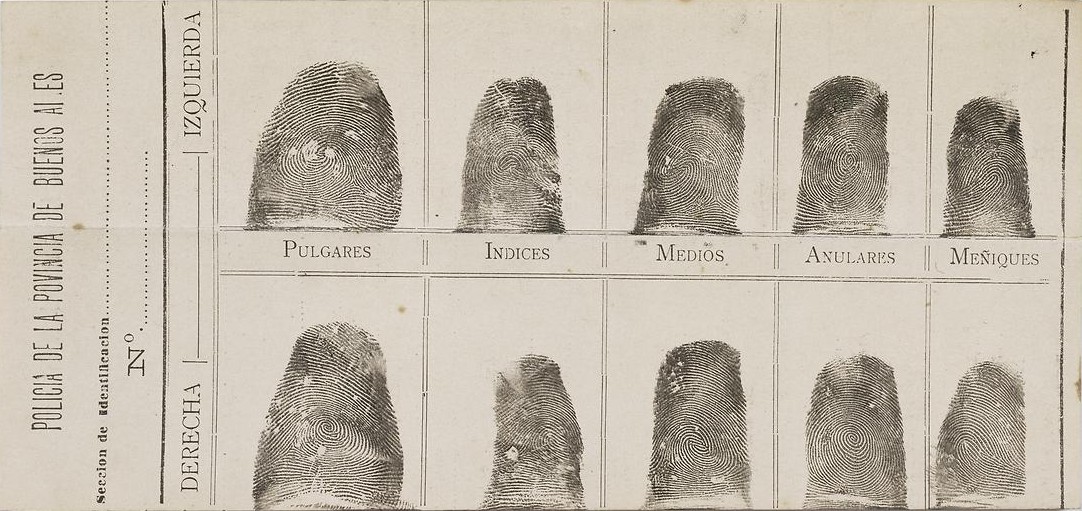- In 1686, Marcello Malpighi, a professor of anatomy at the University of Bologna, noticed ridges, spirals and loops in fingerprints but didn’t mention their value for individual identification. Again in 1823, another professor of anatomy wrote a thesis discussing 9 fingerprint patterns, and was accredited as the first to study fingerprints under a microscope.
 |
| Marcello Malpighi |
- The English began using fingerprints in 1858. Sir William Herschel made a habit of requiring palm prints, and after a while, only the prints of the right index and middle fingers. As his fingerprint collection grew, he began to discover that none of the inked impressions were the same. He realized that fingerprints were unique to the individual and that they stayed the same throughout a person’s life.
- In the 1870’s, Dr. Henry Faulds recognized the importance of fingerprints as a means of identification and established a method of print classification.
- An Argentine police official, Juan Vucetich began the first fingerprint files in 1891. He made the first criminal fingerprint identification in 1892 based on a bloody fingerprint found on a door post.
 |
| Example of Fingerprint File Exerpt |
- In England and Wales, the use of fingerprints for criminal identification was introduced in 1901.
- In 1905, the U.S. army began using fingerprints for personal identification.
- Initially fingerprint files had to be searched by hand and it could take years to find a match but as technology advanced, print identification has only become easier.
 |
| Example of army using fingerprinting technology to be a reference of identification |
These is very good; it's got great details and is very well explained. The only thing is, the last image doesn't appear, it just says the images are public domain and are free to download.
ReplyDeleteVery unique and helpful, I liked the example pictures. ;)
ReplyDeleteI didn't know any of this information. Very well documented.
ReplyDeleteReally good post. Maybe two or three more pictures. The info is good but the margins are narrow. Other than that its fine.
ReplyDeleteWhy does this only take up 25% of the screen?
ReplyDelete